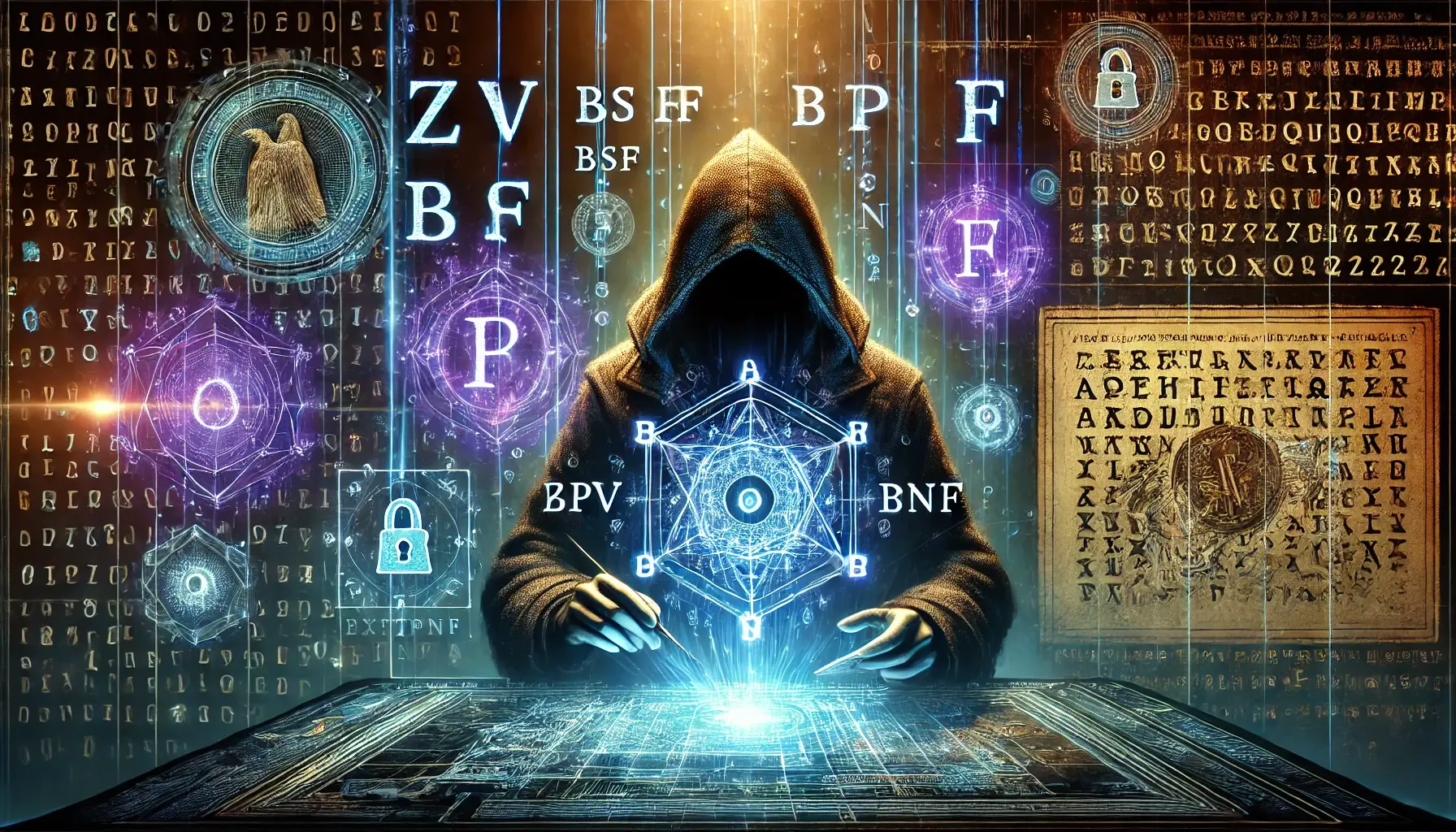Have you ever come across a mysterious code like “zpv bsf bxftpnf” and wondered what it means? Codes and ciphers have fascinated humans for centuries, from ancient encryption methods to modern-day cryptography. In this article, we’ll explore how to decipher the code “zpv bsf bxftpnf,” uncover its meaning, and dive into the fascinating world of code-breaking. Whether you’re a curious beginner or a puzzle enthusiast, this guide will provide you with the tools to crack similar codes in the future.
What Does “Decipher the Code zpv bsf bxftpnf” Mean?
The phrase “decipher the code zpv bsf bxftpnf” is a challenge to decode a hidden message. At first glance, the code appears to be a random string of letters, but it’s likely encrypted using a simple cipher. Ciphers are methods of transforming text to conceal its meaning, and they range from basic letter shifts to complex algorithms. The goal is to reverse the process and reveal the original message.
Understanding Ciphers: The Basics
Before we dive into deciphering the code “zpv bsf bxftpnf,” let’s understand the basics of ciphers. Ciphers are techniques used to encode messages, making them unreadable to anyone who doesn’t know the key or method used. Some common types of ciphers include:
- Caesar Cipher: A substitution cipher where each letter in the plaintext is shifted a certain number of places down or up the alphabet.
- Substitution Cipher: Each letter in the plaintext is replaced with another letter.
- Atbash Cipher: A specific type of substitution cipher where the alphabet is reversed (A becomes Z, B becomes Y, etc.).
- Vigenère Cipher: A more complex method that uses a keyword to shift letters.
The code “zpv bsf bxftpnf” appears to use a simple cipher, making it a great starting point for beginners.
Step-by-Step Guide to Decipher the Code “zpv bsf bxftpnf”
Let’s break down the process of decoding “zpv bsf bxftpnf” step by step.
Analyze the Code
The code consists of three words: “zpv,” “bsf,” and “bxftpnf.” Each word has 3, 3, and 7 letters, respectively. The structure suggests that it might be a simple substitution or shift cipher.
Test the Caesar Cipher
The Caesar cipher is one of the simplest and most well-known encryption methods. It involves shifting each letter by a fixed number of positions in the alphabet. Let’s try shifting each letter back by one position:
- z → y
- p → o
- v → u
Result: “zpv” → “you” - b → a
- s → r
- f → e
Result: “bsf” → “are” - b → a
- x → w
- f → e
- t → s
- p → o
- n → m
- f → e
Result: “bxftpnf” → “awesome”
Putting it all together, the decoded message is: “you are awesome.”
Verify the Result
The decoded message, “you are awesome,” is a coherent and meaningful sentence. This confirms that the Caesar shift of -1 was the correct method to decipher the code “zpv bsf bxftpnf.”
Why Is Deciphering Codes Important?
Deciphering codes isn’t just a fun puzzle—it’s a skill with real-world applications. From historical code-breaking during wars to modern cybersecurity, understanding ciphers helps us protect information and solve mysteries. Learning to decipher codes like “zpv bsf bxftpnf” can also improve problem-solving skills and logical thinking.
Tips for Deciphering Codes
If you encounter another code like “zpv bsf bxftpnf,” here are some tips to help you crack it:
- Look for Patterns: Analyze the structure and length of the words. Common words like “the,” “and,” or “you” can provide clues.
- Test Common Ciphers: Start with simple ciphers like Caesar or substitution before moving to more complex methods.
- Use Online Tools: While manual decoding is rewarding, online cipher tools can help verify your results.
- Practice Regularly: The more codes you decipher, the better you’ll become at recognizing patterns and methods.
FAQs About Deciphering Codes
What is the Caesar cipher?
The Caesar cipher is a substitution cipher where each letter in the plaintext is shifted a fixed number of places down or up the alphabet.
How do I know which cipher to use?
Start with simple ciphers like Caesar or substitution. If they don’t work, explore more complex methods like Vigenère or Atbash.
Can all codes be deciphered?
While many codes can be cracked with the right tools and techniques, some modern encryption methods are virtually unbreakable without the key.
What tools can help me decipher codes?
Online decoders, frequency analysis tools, and cipher dictionaries can assist in cracking codes.
Why is code-breaking important today?
Code-breaking is crucial for cybersecurity, protecting sensitive information, and preventing cyberattacks.
Conclusion
Deciphering the code “zpv bsf bxftpnf” is a fascinating exercise that introduces you to the world of cryptography. By understanding simple ciphers like the Caesar shift, you can unlock hidden messages and develop valuable problem-solving skills. Whether you’re decoding a fun puzzle or exploring the history of encryption, the art of code-breaking is both challenging and rewarding. So, the next time you encounter a mysterious code, remember these steps and dive into the adventure of deciphering it!







